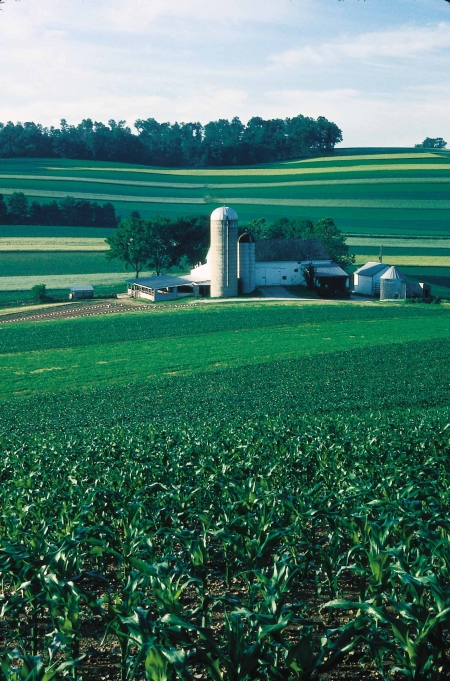By Stu Ellis
Farmgateblog
The hypoxic or “dead zone” in the Gulf of Mexico is one of those haunting issues for agriculture. Farmers are blamed for causing it, but are not convinced they are at fault. The issue never seems to go away, just like the hypoxic zone is always there. It is a 5,800 square mile area that has levels of oxygen too low to support sea life. Farmers are blamed because of excess nitrogen and other nutrients flow into the hypoxic zone near the mouth of the Mississippi River. That causes excess growth of microscopic plant life which consumes oxygen as it dies and decomposes. An action plan to reduce the nutrient run off was developed in Iowa in 2008. Will it be successful?
In a word, no, says Catherine Kling, writing in the Agricultural Policy Review for Iowa State University.
She says the Iowa Nutrient Reduction Strategy was one of the first to implement a plan to reduce the loss of nitrogen and phosphorus from farm fields, which was thought to be flowing into streams that feed the Mississippi River. It had a “target goal of reducing nitrogen export by about 40% and phosphorus by about 30% across Iowa’s 21 million acres of cropland devoted to corn and soybean production.” The concept identified 3 locations where nitrogen and phosphorus were being lost:
- Infield management practices are actions that can be taken within a field to reduce the loss of nutrients from that field. Commonly advised practices such as reducing nitrogen application rates, type, and timing fall into this category for nitrogen reduction and reduced tillage is a key option for phosphorus. The relatively new practice of planting cover crops is an effective infield management practice for both nutrients.
- Edge-of-field practices include buffers for phosphorus and wetlands targeted for water quality improvement for nitrogen. Bioreactors, an emerging technology to treat nitrogen, are also in this category.
- Land use changes include the planting of perennial crops for biofuels or the reintroduction of prairie plants on land previously planted in row crop to reduce both nitrogen and phosphorus.

However, Kling says the plan will not meet with success because of the inability of the concepts to reduce enough of the nutrient runoff to make any difference. She says there are four lessons that will be learned from the failure of the plan.
- Low-cost infield options by themselves will not be adequate to meet the water quality goals of the Hypoxia Task Force. Options in this category achieve anywhere from almost no reduction to a maximum reduction of 9%. A similar pattern is true for the phosphorus management options (such as reduced tillage). Even the planting of cover crops on all corn and soybean acres across the entire state (an expensive proposition) is estimated to reduce nitrogen export by about 28%, well below the targeted 40%.
- Conservation practices such as no-till or reduced till, contour farming or terracing were designed to address soil erosion and, because phosphorus tends to move with soil, are often effective at retaining that nutrient. However, nitrogen moves with water, and practices that may be very effective for phosphorus can have little or no impact on nitrogen.
- The properties of nutrient flows, especially nitrogen, in this landscape where tile drains and ample rainfall prevail, mean that there are nitrogen flows from all agricultural land. While targeting of cost-effective practices to the locations they are most effective is clearly important, implementation of traditional conservation practices (best management practices) will not achieve the nitrogen reduction needed, both because many of those practices are targeted at soil erosion/phosphorus rather than nitrogen and because practices that achieve a greater per acre effectiveness than many of the traditional practices are needed.
- The scenarios have initial price tags ranging from $77 million to over $1.4 billion annually. Bear in mind, however, that the initial cost of implementing and maintaining these practices may be shifted to consumers in the form of higher prices; thus, the ultimate “burden” of these costs may not fall only on agricultural producers.
So what is the answer? Kling says, “New practices and new crops will be needed, new land uses such as wetlands will have to be constructed in locations targeted to achieve nutrient cycling, and all of this will come at a cost. Producers will have to willingly adopt practices that reduce their bottom line and/or for conservation programs to substantially increase their funding of programs.”
Summary:
Farmers are the perennial target when responsibility is handed out for the so-called “dead zone in the Gulf of Mexico. Efforts have been made to develop methods of keeping nitrogen and phosphorus in the soil and prevent those nutrients from flowing into Mississippi River tributaries. However, a major effort in Iowa will fall well short of its goals.
Source : farmgateblog